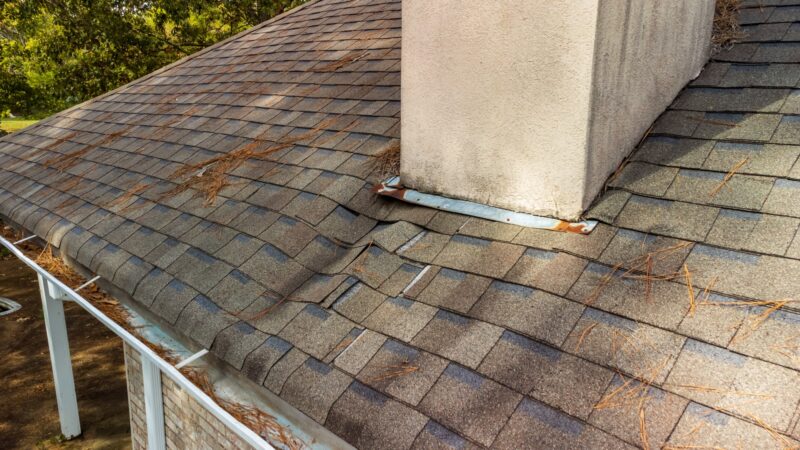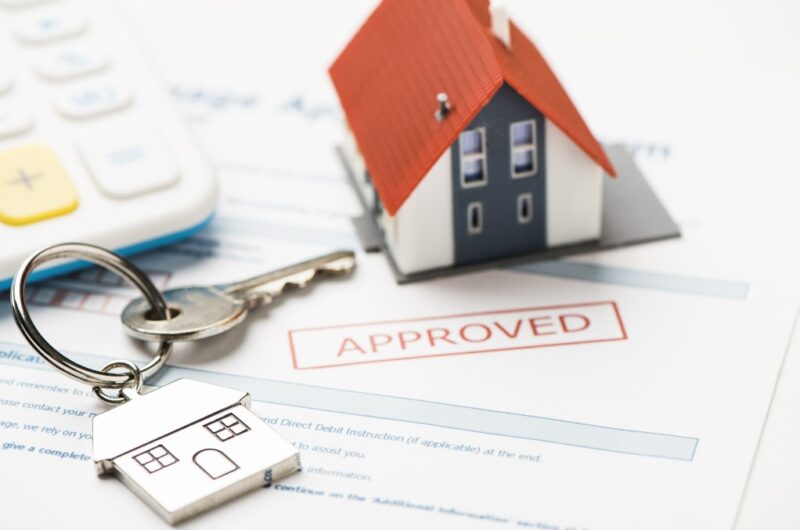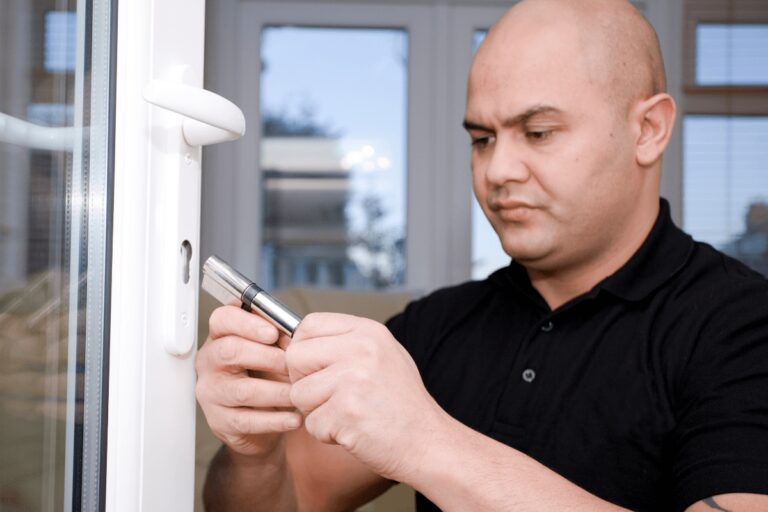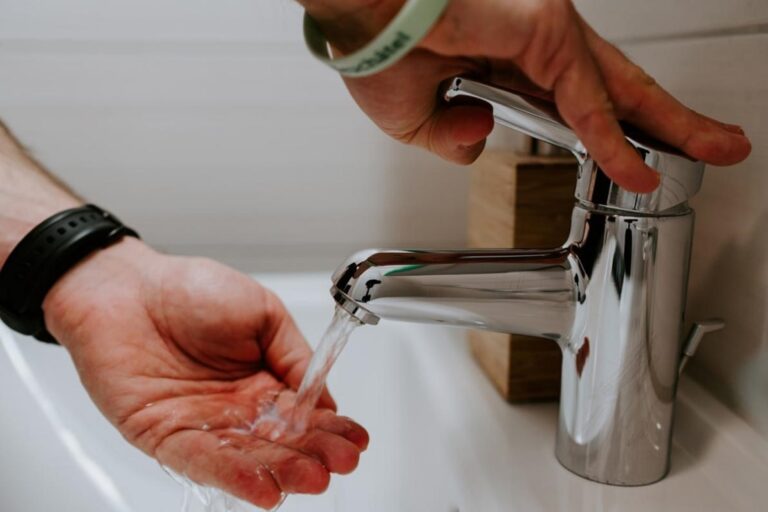Timely roof leak detection is crucial to maintaining a structurally sound and safe home. Ignored or unnoticed, roof leaks can lead to severe damage, including structural decay, mold, and damage to interior furnishings. This guide covers various roofing materials and styles, ensuring homeowners are well-equipped to recognize the early signs of leakage and take preventative measures to safeguard their homes.
Visual Inspection of Shingles
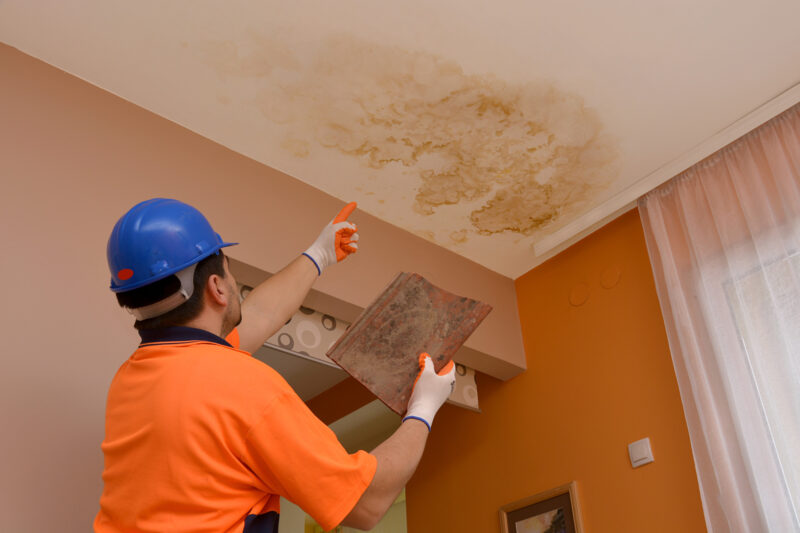
The condition of roof shingles often dictates the overall health of a roof. Cracked, curled, or missing shingles are clear indicators of potential leaks. Homeowners should regularly examine their roof, paying close attention to shingle alignment and integrity. Discoloration, loss of granules, and visible signs of wear and tear are red flags that should prompt further investigation or professional consultation.
Check for Water Stains on Ceilings
Water stains on interior ceilings are tell-tale signs of roof leaks. These stains typically manifest as discolored, circular marks and are commonly found beneath the roofline. To pinpoint the source, homeowners should trace the water stains back to their origin, examining the attic and upper floors for any signs of water penetration, damage, or mold, which often accompany a leaking roof.
Attic Inspection
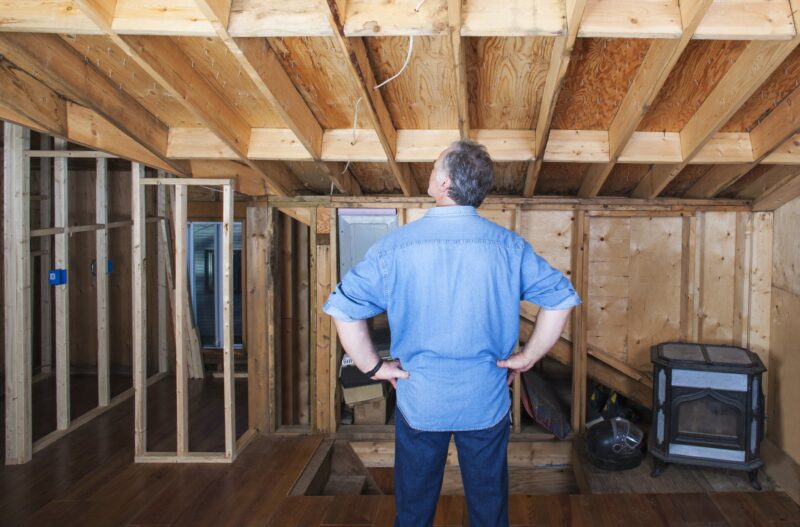
The attic plays a pivotal role in leak detection, often revealing the earliest signs of roof wear. During an attic inspection, homeowners should look for water trails, stains, or mold, which indicate moisture intrusion. It’s also crucial to assess the condition of insulation, as wet insulation is a clear sign of leakage.
Proper ventilation and absence of daylight through the roof boards are also important markers of a healthy roof. Once it has come to this you’re better off talking to professionals and you can do that if you visit this URL.
Use a Hose to Simulate Rain
The hose test is a practical method for identifying elusive leaks. By simulating rain, homeowners can actively observe how their roof handles water. It requires a systematic approach: starting at the roof’s bottom and working up, water is sprayed in isolated areas while an inside observer watches for drips. Patience and precision are key, as rushing the process or covering too large an area can lead to confusion and oversight.
Inspecting Roof Flashing
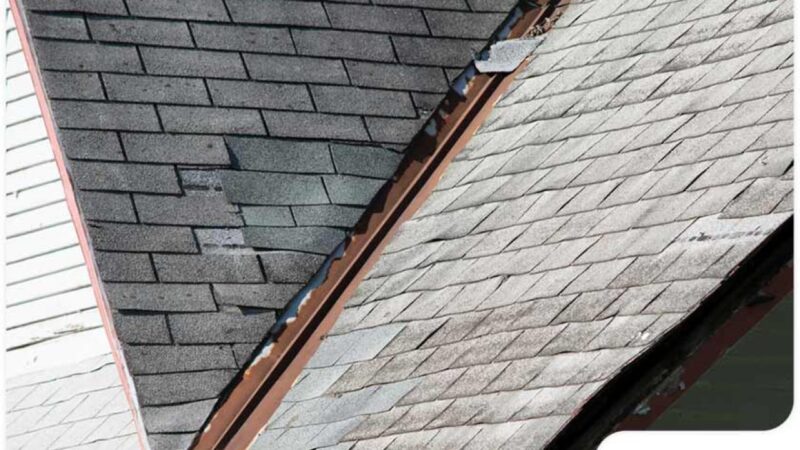
Roof flashing is crucial for directing water away from critical areas of the roof, thereby preventing leaks. Inspecting the flashing involves checking for rust, cracks, or separation at the seams. The sealant around the flashing should be intact and free from gaps. Since compromised flashing is a common cause of leaks, ensuring its integrity and proper installation is vital for a leak-free roof.
Gutter and Downspout Examination
Clogged or damaged gutters and downspouts are often culprits in roof leak scenarios. When leaves, debris, or ice block the flow of water, it accumulates and may seep beneath roofing materials, leading to moisture damage in the underlying roof structure. Keeping these components clean and in good condition is vital to ensure water is efficiently channeled away from the roof and foundation of the house.
Regular inspection involves checking for blockages, ensuring gutters are firmly attached and aligned, and looking for signs of rust or wear in metal components. Cleaning gutters biannually, typically in spring and fall, and after heavy storms, can prevent many roof-related issues.
Skylight and Chimney Inspection
Skylights and chimneys add character and functionality to a home but introduce unique challenges in roof maintenance. The intersection between these features and the roof is prone to leaks, especially if the flashing – the material that seals the gap – is damaged or deteriorates over time.
Regular inspection should include checking for cracks in the skylight’s glass, deterioration in the surrounding roofing material, and ensuring that the chimney’s mortar and flashing are intact. Keeping these areas well-maintained not only prevents leaks but also extends the lifespan of these roof features.
Identifying Interior Mold and Mildew
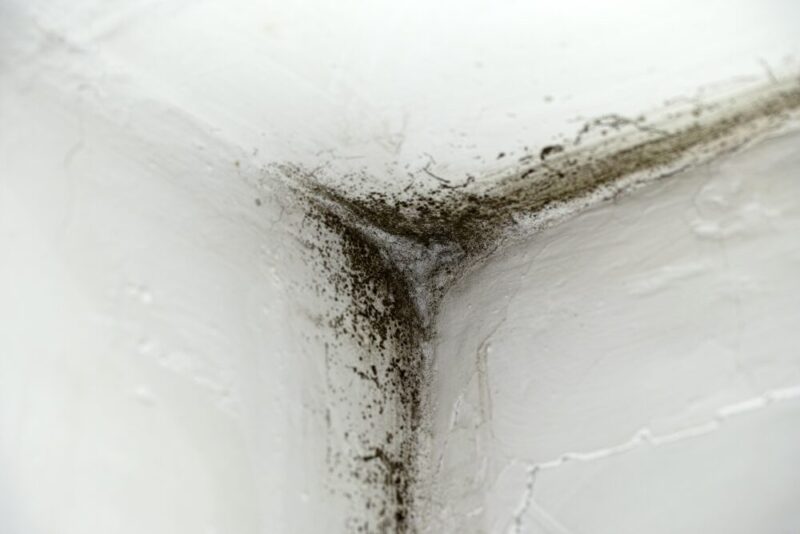
The presence of mold and mildew inside a home can often indicate a roof leak, as these fungi thrive in moist, dark environments. Stains or discoloration on ceilings and walls, a musty odor, and visible mold or mildew are tell-tale signs.
Addressing these issues promptly is crucial as they can lead to health problems and further damage to the home’s structure. It involves identifying and fixing the source of the leak, cleaning the affected areas thoroughly, and ensuring proper ventilation to prevent future growth.
Consider Hiring a Professional Roof Inspector
While regular homeowner inspections are crucial, the expertise of a certified roof inspector can be invaluable, especially in complex situations or after severe weather events. These professionals can identify issues that untrained eyes might miss, provide a detailed assessment of the roof’s condition, and recommend appropriate actions.
When selecting a roofing inspector, it’s essential to choose someone with proper certifications, good reviews, and substantial experience in the industry to ensure a thorough and accurate evaluation.
DIY Repairs vs. Professional Roofing Services
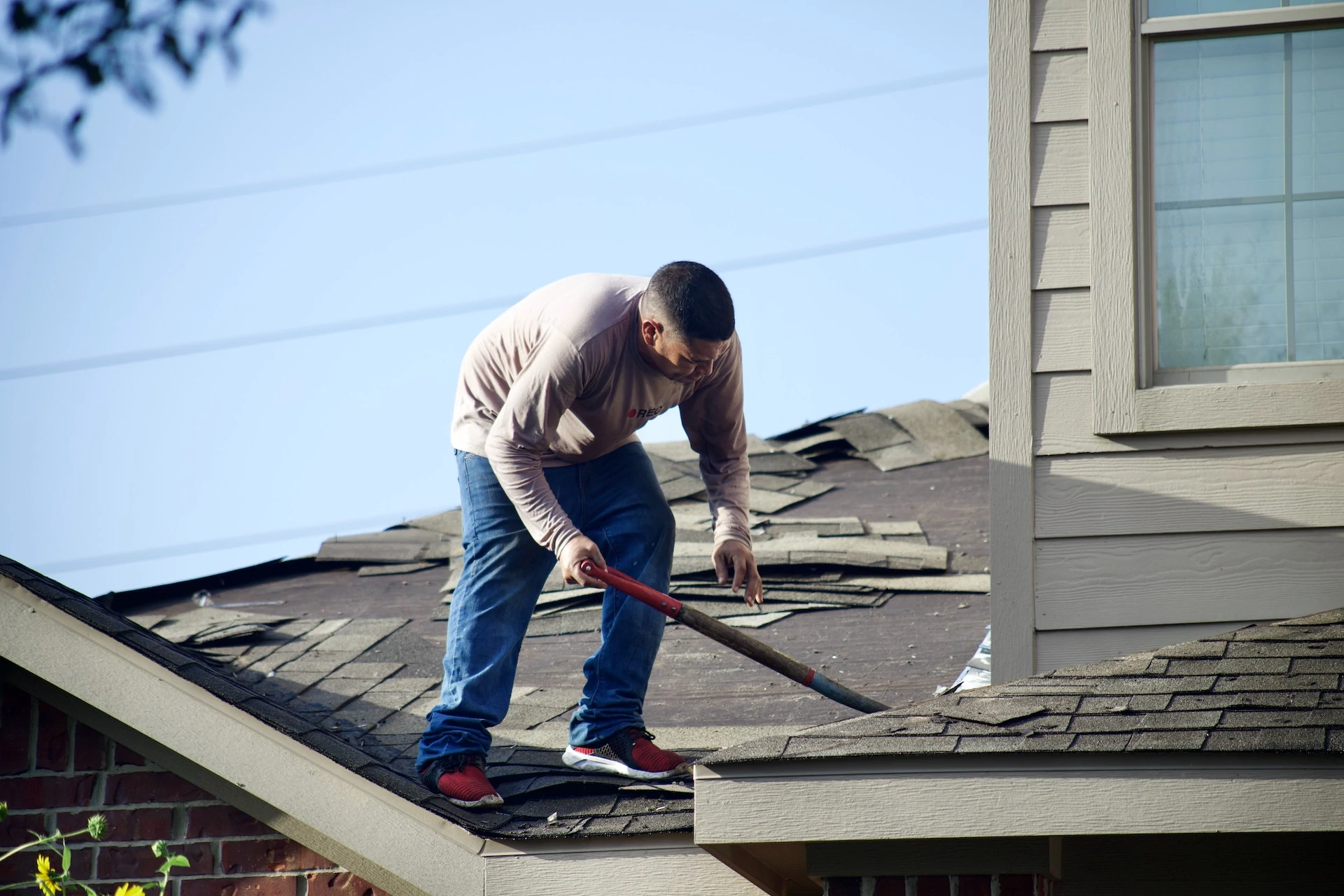
Weighing the pros and cons of DIY repairs against professional services is crucial. DIY can be cost-effective for minor issues like replacing a few shingles or cleaning gutters, provided that the homeowner has the necessary skills and takes appropriate safety precautions.
However, for extensive damages, complex issues, or tasks that require specialized knowledge or equipment, professional services are recommended. Professionals ensure the job is done correctly and safely, backed by warranties and a higher degree of accountability, which is especially crucial when dealing with the intricacies of a roofing system.
Conclusion and Preventive Maintenance
To conclude, maintaining a home’s roof is not just about addressing problems as they arise but about being proactive in preventing them. Regular inspections, timely cleaning of gutters and downspouts, careful examination of roof features like skylights and chimneys, and vigilance for signs of interior mold and mildew are crucial.
While DIY maintenance can be effective for minor issues, the expertise of professional roof inspectors and contractors is invaluable for more complex situations. Emphasizing regular maintenance and early leak detection can significantly extend the life of a roof and protect the home, ensuring peace of mind for homeowners.
Related Posts:
- How Accurate Is Mold Air Testing? Tips for Reliable Results
- Deck Roof Tips for Designing and Building Your…
- How to Repair a Leaking Bathroom Faucet: Quick Fixes…
- Caring for a Horse's Hooves: Pro Tips for Optimal…
- DIY Insulation Guide: How to Insulate Attic Roof…
- What Is Architectural Glass? A Comprehensive Guide…

